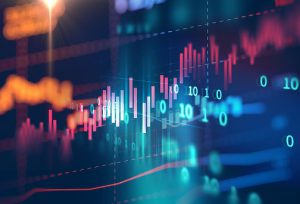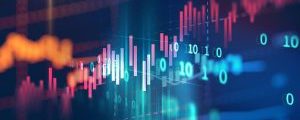The Correct Way to Think About “Corrections”


We’ve had a bit of a bumpy ride over the past two months as market volatility, strangely absent last year, has come roaring back. We think it’s all going to be fine (you knew we were going to say that) but it doesn’t mean we won’t have a bit of a bumpy ride along the way. Here are a few thoughts on what’s happening and how to think about it.
Your morning paper is going to tell you that the market experienced a “correction” today, as U.S. stocks closed more than 10% lower than the highs of January 26. While the concept of a “correction” has no formal definition in economics, it is commonly used when a stock or market falls by 10%. There have been 37 corrections since 1980, which is to say that they’re pretty common.
What is special about this 10% threshold? Nothing. It’s an arbitrary number, which is why it carries no significance in economic theory. The last “correction” occurred on February 8, when the S&P 500 also closed 10% lower than that afore mentioned January 26 high. The index then proceeded to rise 8% over the next month before retracing its path back to that February 8 level today.
Perhaps a more useful way to view recent events is as the return of volatility after a year of unusual calm. And what drives volatility in the stock market? More than anything else, it’s uncertainty. Uncertainty is always present, of course – the future is fundamentally unknowable – but policy uncertainty is not a given. Policy uncertainty, however, is what the White House seems to specialize in these days.
While we don’t subscribe to facile explanations for why the markets do what they do on any given day, we’re sure that policy uncertainty is playing its part. Will the government try to take down some of our biggest tech firms, including Amazon? Will we have a trade war with China? Maybe, though recent experience suggests that the White House is also good at reversing itself when the chaos gets bad enough.
You know that we believe in the fundamental resilience of the U.S. and world economy, and the markets that reflect them, even in the face of policy uncertainty. And we also strive to build resilience into your portfolio and the rest of your financial affairs.
But that doesn’t mean it won’t be a bumpy ride. Buckle up.
